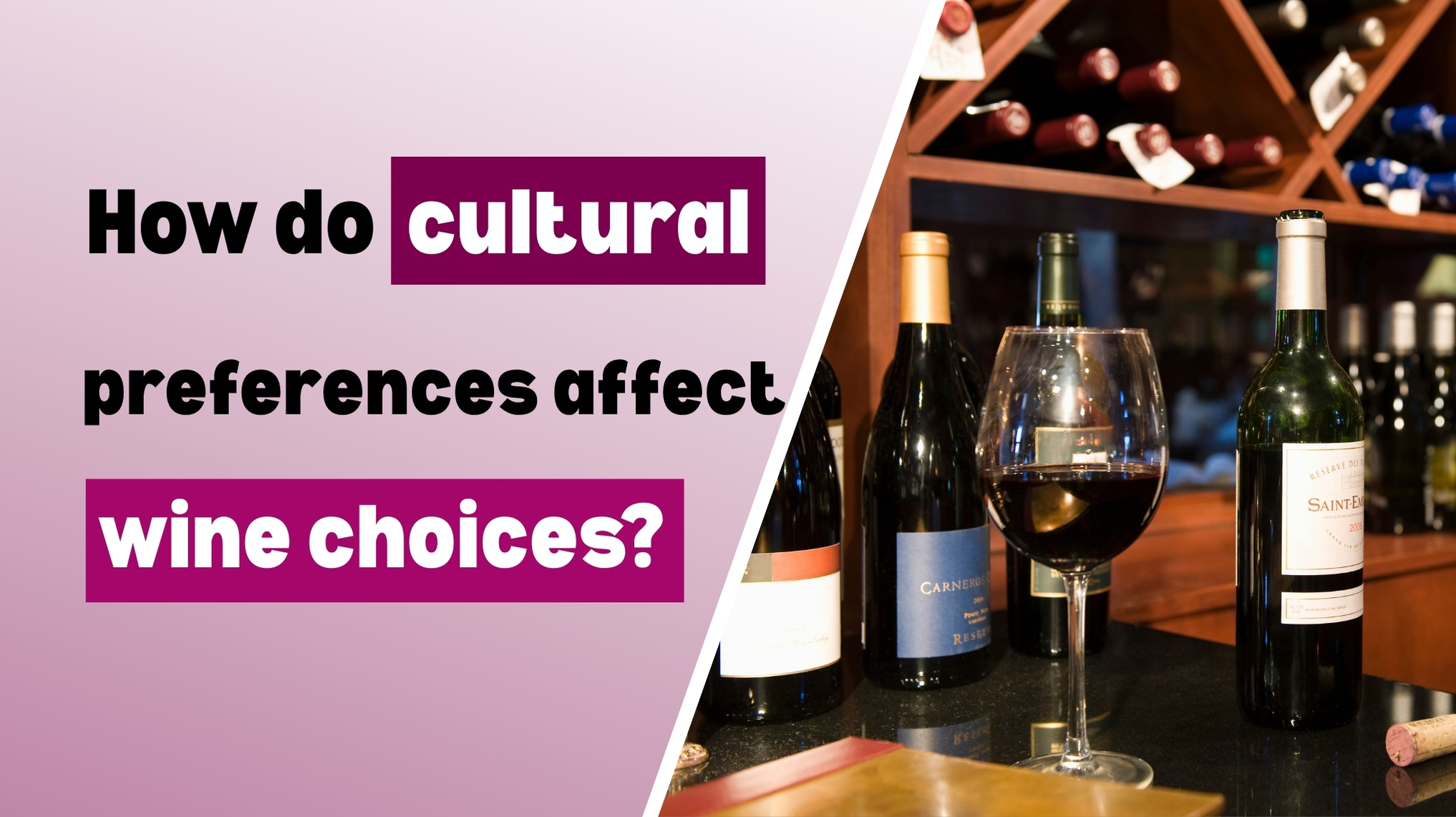Why is starting a wine business so expensive?

Why is starting a wine business so expensive?
Starting a wine business is an exciting journey that combines passion with the elegance of wine. However, it's important to understand that establishing a successful winery or wine retail operation involves significant financial investment. Let's break down the main reasons why starting a wine business can be costly, using simple terms:
1. Land Purchase and Vineyard Setup
Buying land suitable for growing grapes is one of the biggest expenses. In famous wine regions like California's Napa Valley, land prices can be very high. For example, vineyard land can cost between $11,000 and $30,000 per acre, and it's expected to rise even more in the future.
After purchasing the land, you'll need to plant grapevines, which costs about $35,000 to $45,000 per acre. Additionally, maintaining these vines until they produce quality grapes adds another $15,000 to $20,000 per acre over the first three years.
2. Building Facilities and Buying Equipment
Creating a place to make and sell wine requires building facilities and purchasing equipment. This includes:
Fermentation and Storage Equipment: Used for processing and aging wine.
Bottling Line: Machines that fill and seal wine bottles.
Tasting Room: A space where customers can sample wines.
Altogether, setting up these facilities and buying equipment can cost over $1.5 million in the first five years.
3. Licenses, Permits, and Legal Requirements
To legally produce and sell wine, you need various licenses and permits. Depending on your location and business model, these can cost between $20,000 and $75,000. It's essential to comply with all federal, state, and local regulations to avoid legal issues.
4. Cost to Make Each Bottle of Wine
Producing a single bottle of wine involves several costs:
Grapes: Depending on quality, grape costs can range from $1.72 to $8.60 per bottle.
Custom Crush Fees: If you outsource production, fees can be between $2.34 and $4.68 per bottle.
Packaging: Including bottles ($1.07–$2.50), corks ($0.23–$1.17), labels ($2.00–$5.50), and boxes ($1.50–$3.50).
Labor and Overhead: Adds approximately $2.34 to $5.85 per bottle.
Altogether, producing a single bottle can cost between $11.56 and $31.80.
5. Marketing and Branding
To attract customers, you'll need to invest in marketing and branding. Initial marketing efforts can cost between $5,000 and $20,000, covering promotional campaigns and advertising. Creating a website and setting up online sales can add another $2,000 to $10,000.
6. Daily Operations and Hiring Staff
Running a wine business involves ongoing expenses:
Staffing: Hiring skilled employees like winemakers and sales staff can cost between $20,000 to $30,000 per month.
Utilities and Maintenance: Regular expenses to keep the facility operational.
Insurance: Protecting your business can cost between $1,000 to $3,000 annually.
Technology: Investing in systems to manage inventory and sales may cost around $2,000 to $7,000.
7. Time Before Making a Profit
In the wine industry, it takes time before you start making money. From planting vines to producing sellable wine can take several years. During this period, you'll need enough funds to cover all expenses without significant income.










